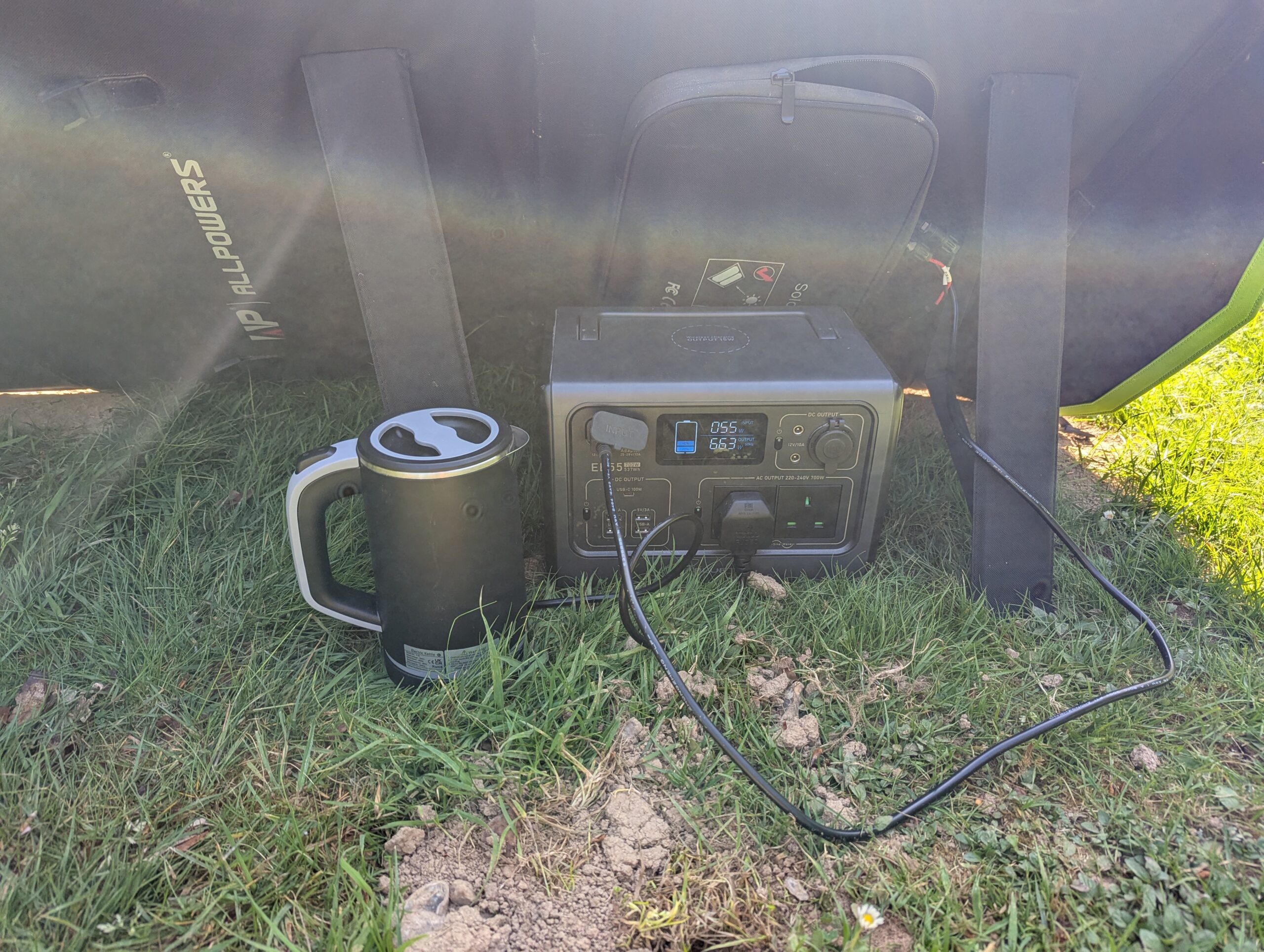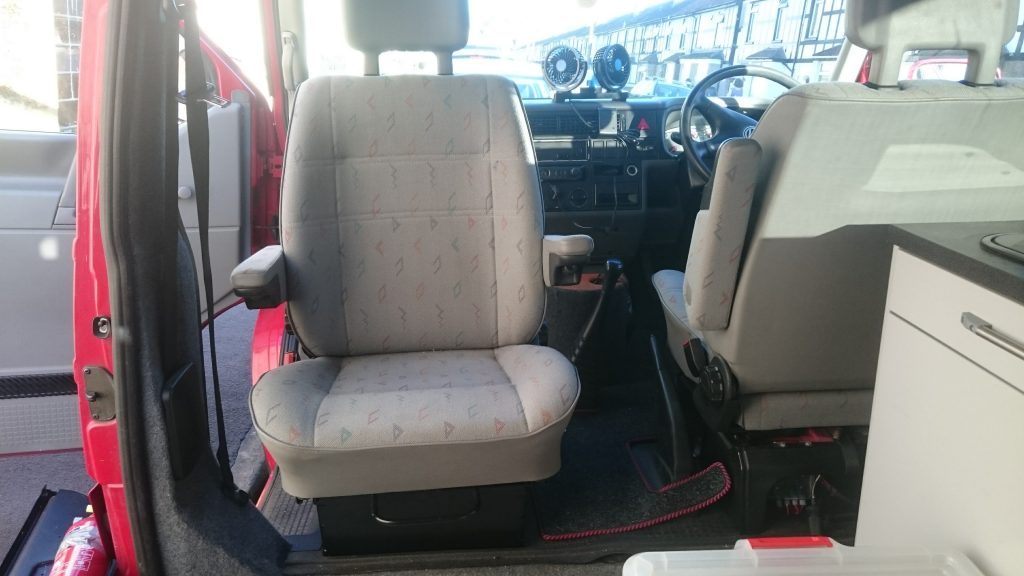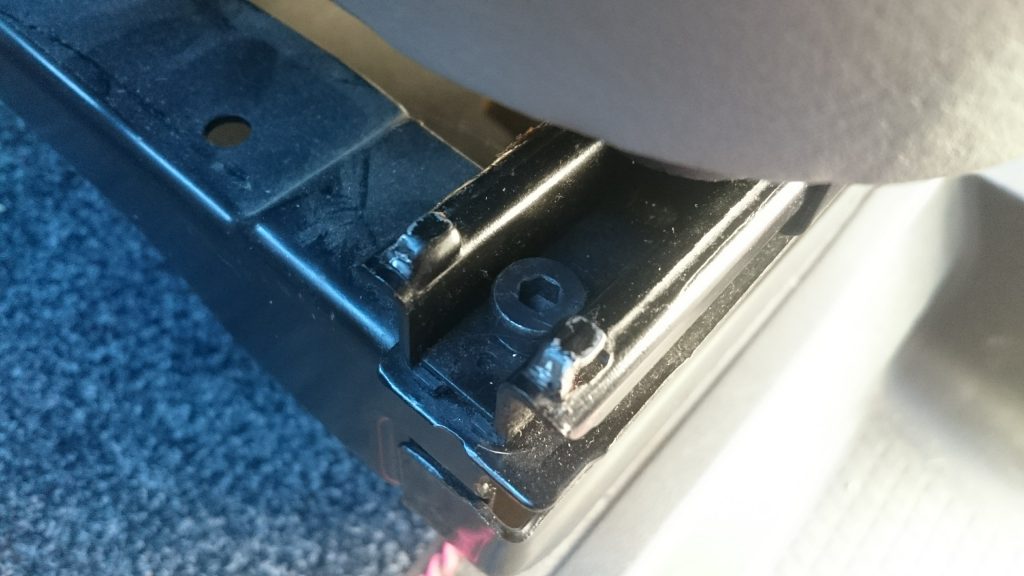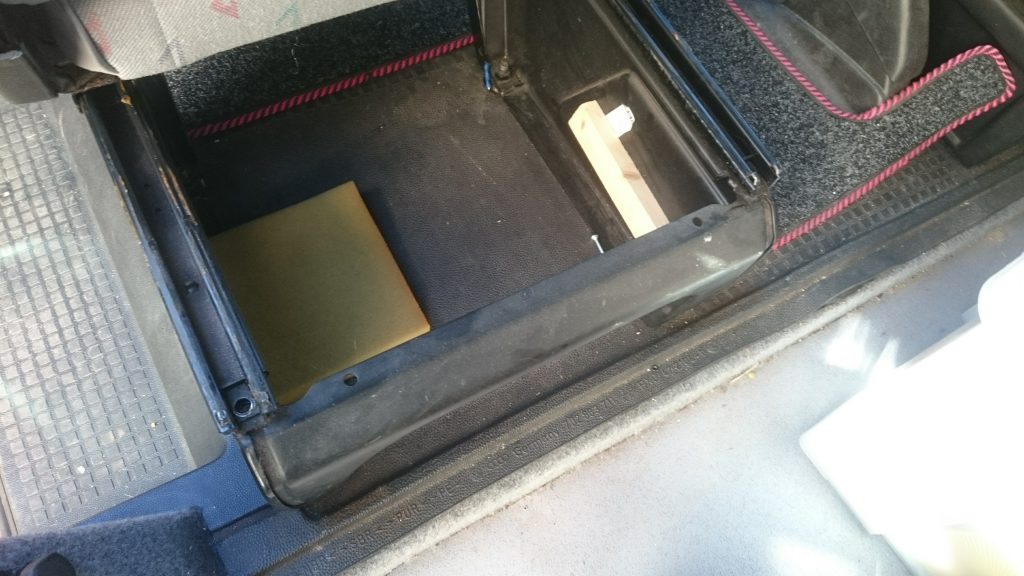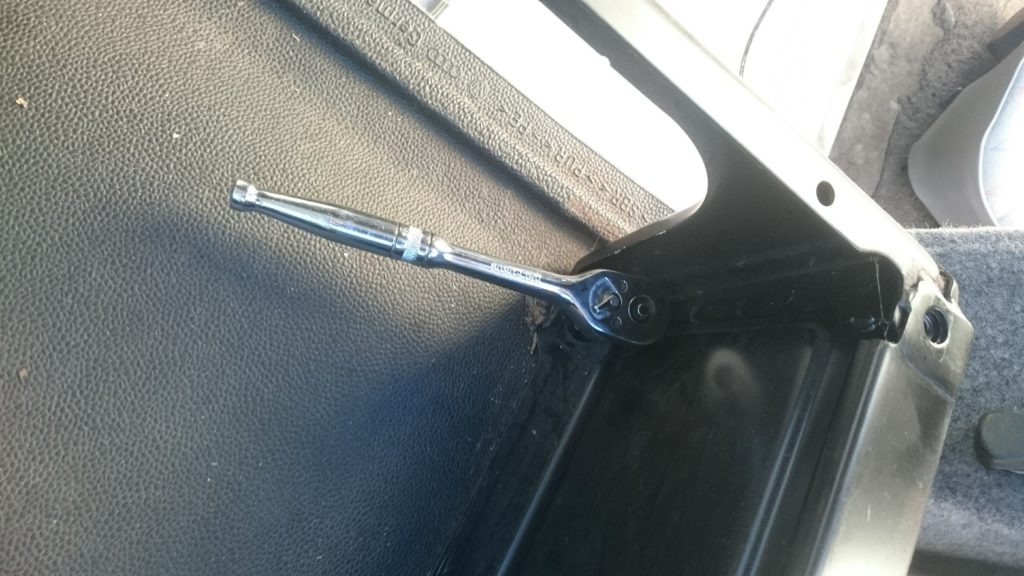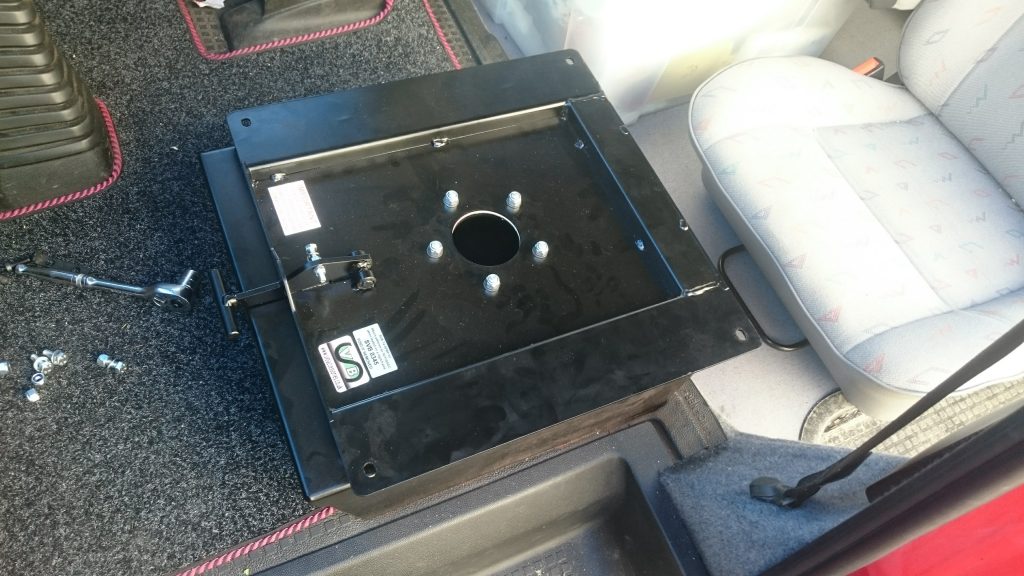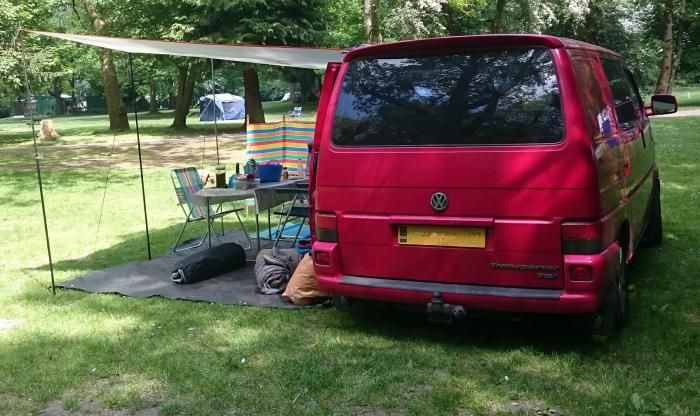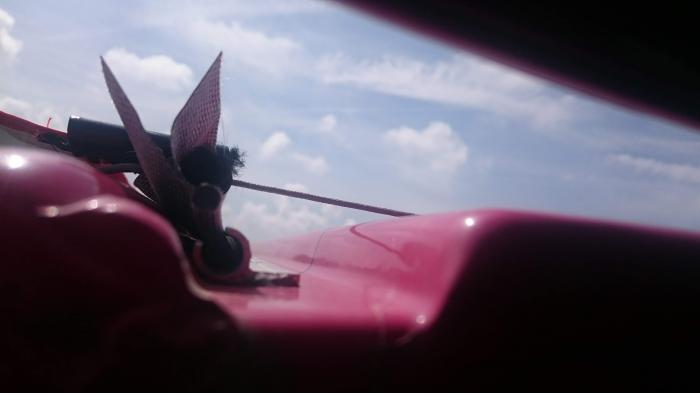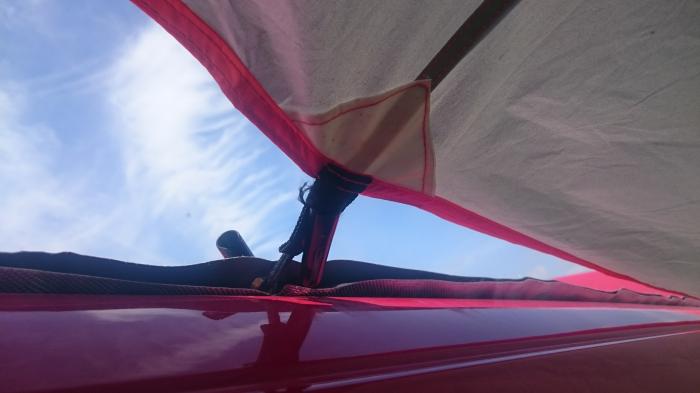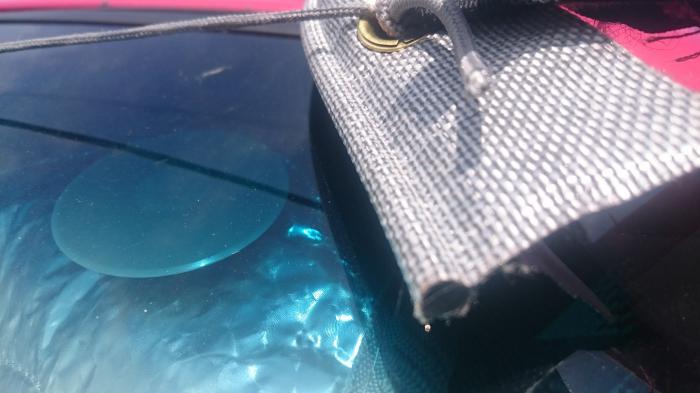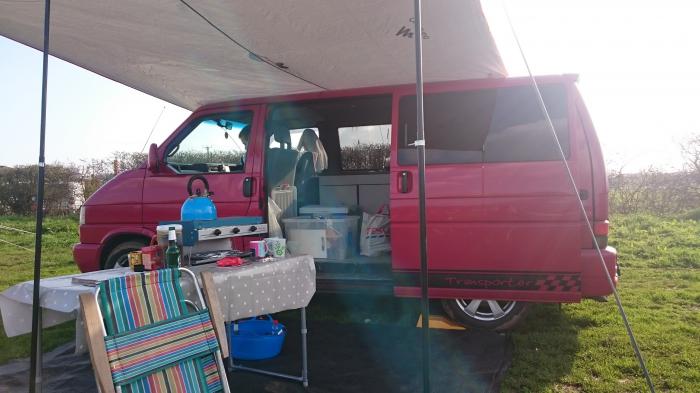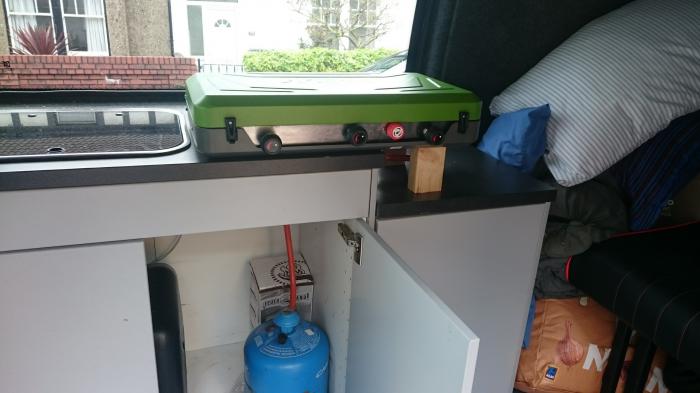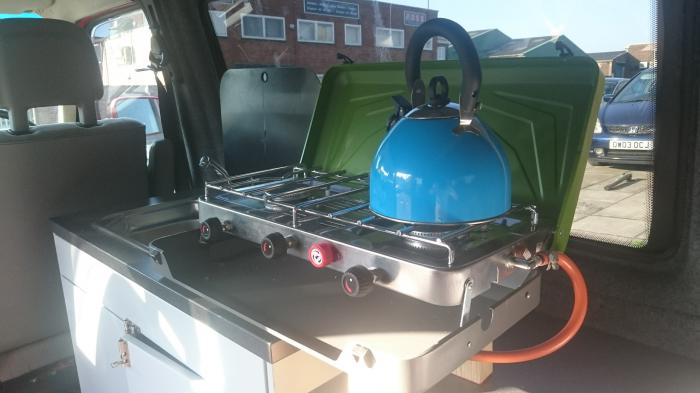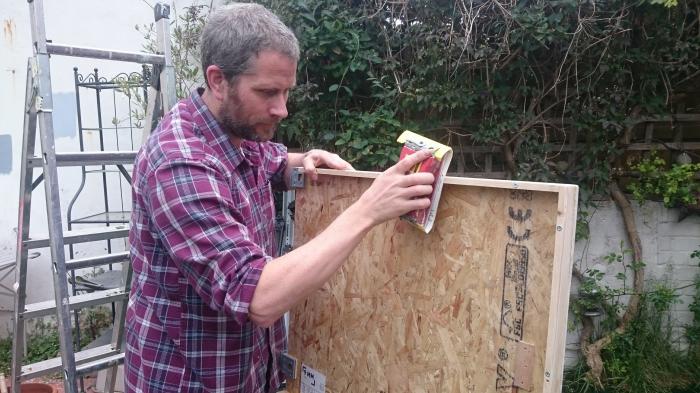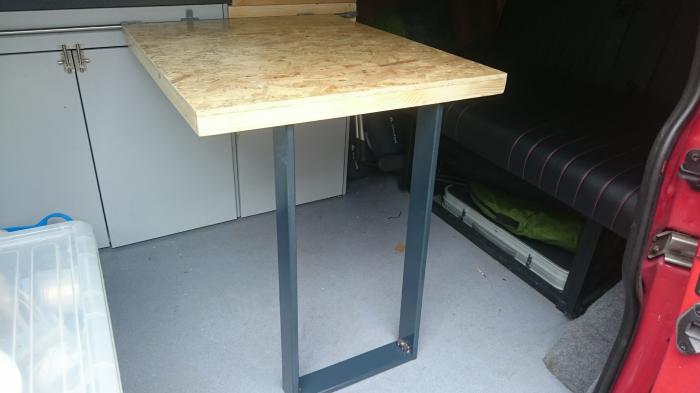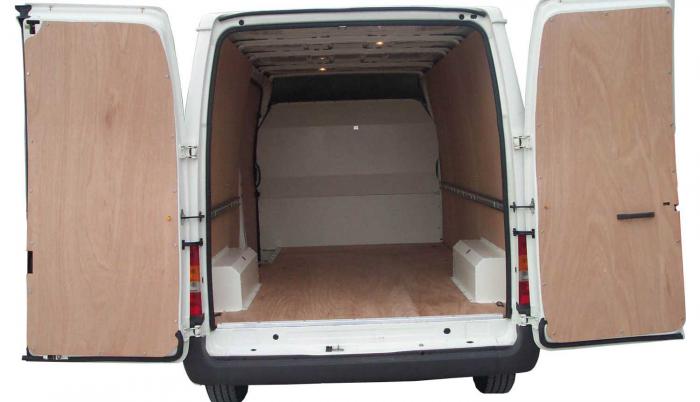From Lead Acid to Lithium: 15 Years of Battery Tech on the Road
Fifteen years ago, I sat under an awning at a Devon campsite, juggling cables, adapters, a 20Ah Halfords-branded lead acid power pack, and an ageing MacBook that would wheeze its way through two hours of work – on a good day. Back then, trying to work remotely from a campsite felt more like a mad experiment than a lifestyle. Every percentage of battery charge was a precious resource. Every cloudy day a threat to productivity. Yet, somehow, I made it work.
Fast forward to 2025, and it’s genuinely hard to believe how far portable power tech has come. These days, I’m running a MacBook Air with the M3 chip, which casually sips power through a full day of development, writing, and Zoom calls. The machine itself has a battery life I would have barely dared to dream of in 2010. But what’s really game-changing is how easy it is now to keep everything else powered alongside it.
Power That Keeps Up With the Lifestyle
My current mobile setup includes a Bluetti EB55 power station paired with a 200W AllPowers solar panel. On a sunny day (and even on a not-so-sunny one), this combo allows my wife and I to:
- Charge two MacBook Airs.
- Keep two smartphones topped up.
- Boil water for several cups of coffee throughout the morning using my compact travel kettle.
- Run a 12 volt compressor fridge (most of the time).
The travel kettle pulls about 650 watts and takes roughly five minutes to boil. While that’s a decent draw, it’s well within the EB55’s capability. And thanks to the solar panel – providing between 0 and 120+ watts depending on cloud cover – I can keep the energy flowing steadily throughout the day.
And all of this, more or less indefinitely. No more rationing screen time or hoarding battery percentages. No more panicked trips to the campsite loo block to find a working plug socket.
That said, I have found the limits of the EB55. When I’m using it to power the campervan fridge alongside everything else, it can get depleted within 24 hours on a cloudy day. I knew that would be the case going in, and in a way it’s helpful – it’s given me a clearer picture of what I’ll need to spec out a more capable, permanent solution for the VW T6 campervan setup.
Why the EB55?
One important advantage of incorporating a portable powerbank like the EB55 into my campervan setup is the flexibility to hunt out a sunny patch away from the van to get the best possible solar input. I do have some long leads which allow me to locate the solar panels away from the van, but using them reduces charging efficiency, so having a portable powerbank that can be easily relocated is a huge plus.
The Bluetti EB55 hit a sweet spot for me, mainly because of its price point. I wanted something portable and capable, but without dropping a grand or more on a bigger system. For the cost, the EB55 packs in an impressive set of features: multiple DC outputs, a 700W inverter (with a 1400W surge), and a compact form factor that fits easily in my van or under a table when I’m set up outside.
It’s also pulled double duty as part of my live music gear, powering both a guitar amp and a bass amp for mobile gigs with my surf-rock band, Los Savages. Not something I had originally planned for, but a very welcome bonus!

That said, if I were building a van power system entirely from scratch and didn’t want to wire in a full DIY lithium setup, one of the larger Bluetti models (like the AC200P or AC180) could easily be the central power hub for a campervan. These units can:
- Power a 12V fridge.
- Run interior lighting.
- Keep a water pump going.
- Provide USB and 12V outputs for devices.
- And even power appliances like air fryers, induction hobs, or a hair dryer via the built-in pure sine wave inverter.
For a lot of people, these newer generation power stations are becoming viable alternatives to traditional campervan leisure battery systems, especially when paired with solar or shore power.
USB-C: The Quiet Revolution
One of the most underrated advances in recent years has been the standardisation around USB-C charging. Where I once needed a mishmash of proprietary cables, inefficient DC-DC converters, and power inverters to keep everything topped up, now I can charge almost all my key devices – laptops, phones, small powerbanks, even some bike lights. It’s streamlined my power setup massively and eliminated a lot of energy waste from voltage conversion. This might seem like a small change, but in practice, it’s made remote working and living on the road much more seamless.
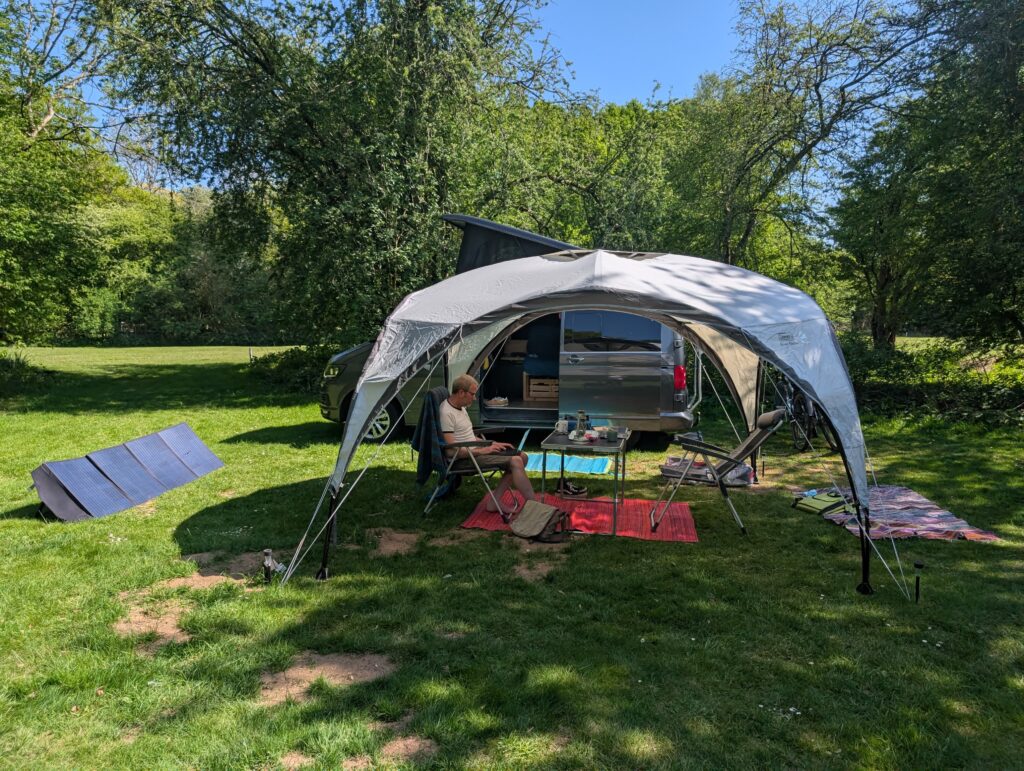
Looking Back: A Timeline of My Mobile Power Evolution
Here’s a rough timeline of the gear that’s powered my digital nomad experiments over the years:
- 2010 – Camping with a 20Ah lead-acid jump starter and a power inverter. Preparation & charging
- 2010 – One week running on battery and solar power. A week on battery and solar power and Day 2
- 2010 – Reflections after 6 weeks on the road. Lessons learned
- 2013 – T25 mobile office experiments. T25 mobile office
- 2013 – Early solar dreaming with the Solar Gorilla. Solar Gorilla, Nexus 4 and solar daydreams
- 2018 – Got back into van life with a VW T4 that included a large lead-acid leisure battery, charged via a simple split-charge relay or 100W portable solar panel. We have a van again
- 2018 – Running a home office using solar power. Part 1
- 2021-2025 – Bluetti, EcoFlow and Jackery power stations become mainstream in these kind of set-ups.
- 2025-2026 – Planning and building out a full VW T6 campervan lithium battery and solar setup
What’s Next?
Although I’m a weekend warrior who works mostly from my garden shed, I’m building this system with the future in mind. I want to be ready for longer-term vanlife digital nomad adventures when the opportunity arises.
With the VW T6 campervan conversion underway, I’m pushing into more permanent off-grid territory. Here’s a teaser of what I’m planning:
- A LiFePO4 battery permanently installed under the driver’s seat – chosen for both size and price-point.
- A DC-DC charger compatible with the van’s smart alternator, making alternator charging the primary source of power (especially important in UK winters).
- Wired to drive the lights, fridge, water pump (for the tap, not the one under the bonnet!), and multiple USB-C charging points.
I’m not planning to add a mains inverter to this setup- at least for now. For 240V needs I’ll continue to use the Bluetti (and may upgrade to a larger model to handle higher loads needed for e.g. an air fryer or induction hob).
I may also add a solar charge controller and roof-mounted solar later, but given the limited winter sun in the UK, alternator charging will remain the most viable option for year-round reliability.
I’ll be documenting that process in detail soon, so stay tuned. that process in detail soon, so stay tuned.

